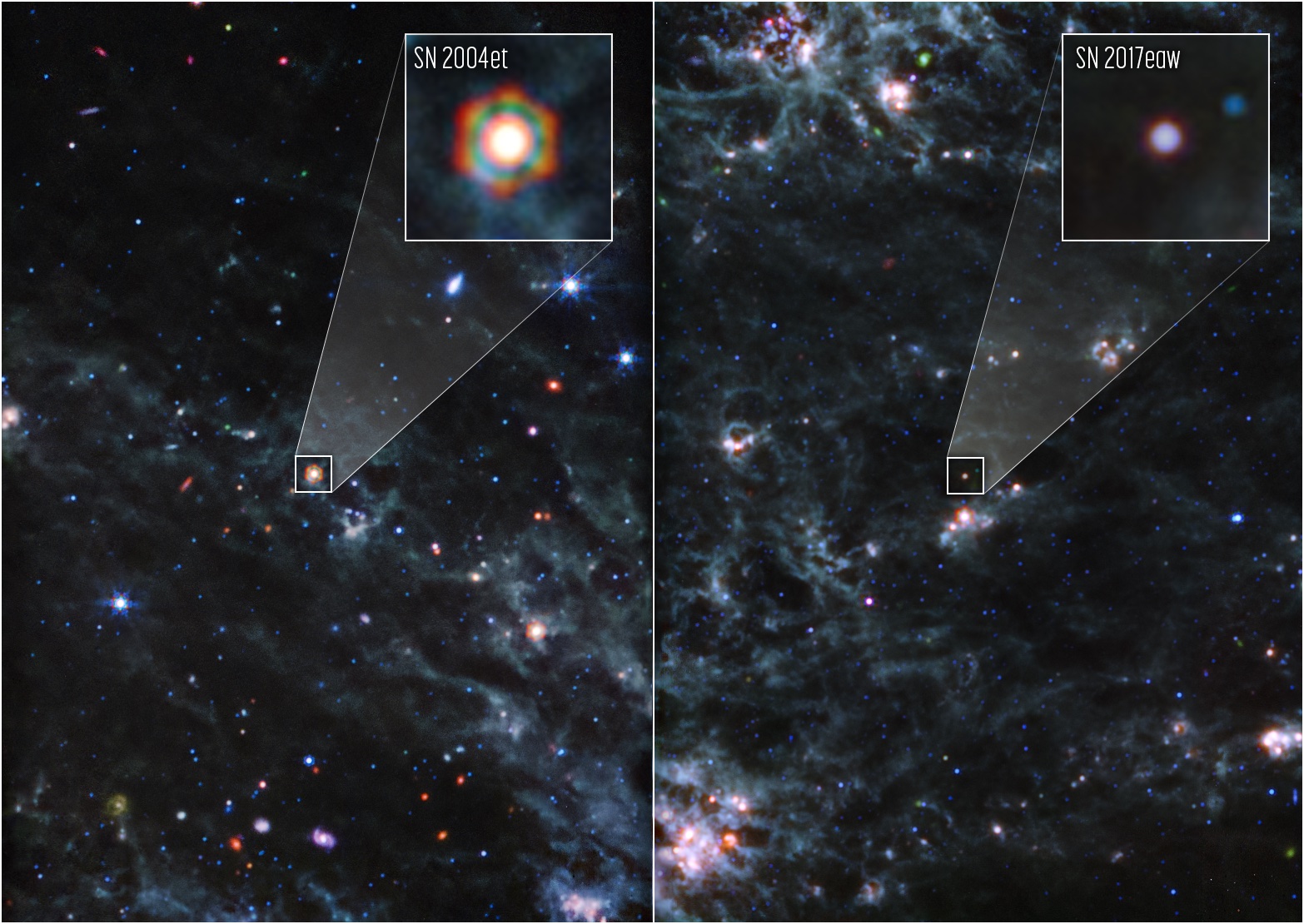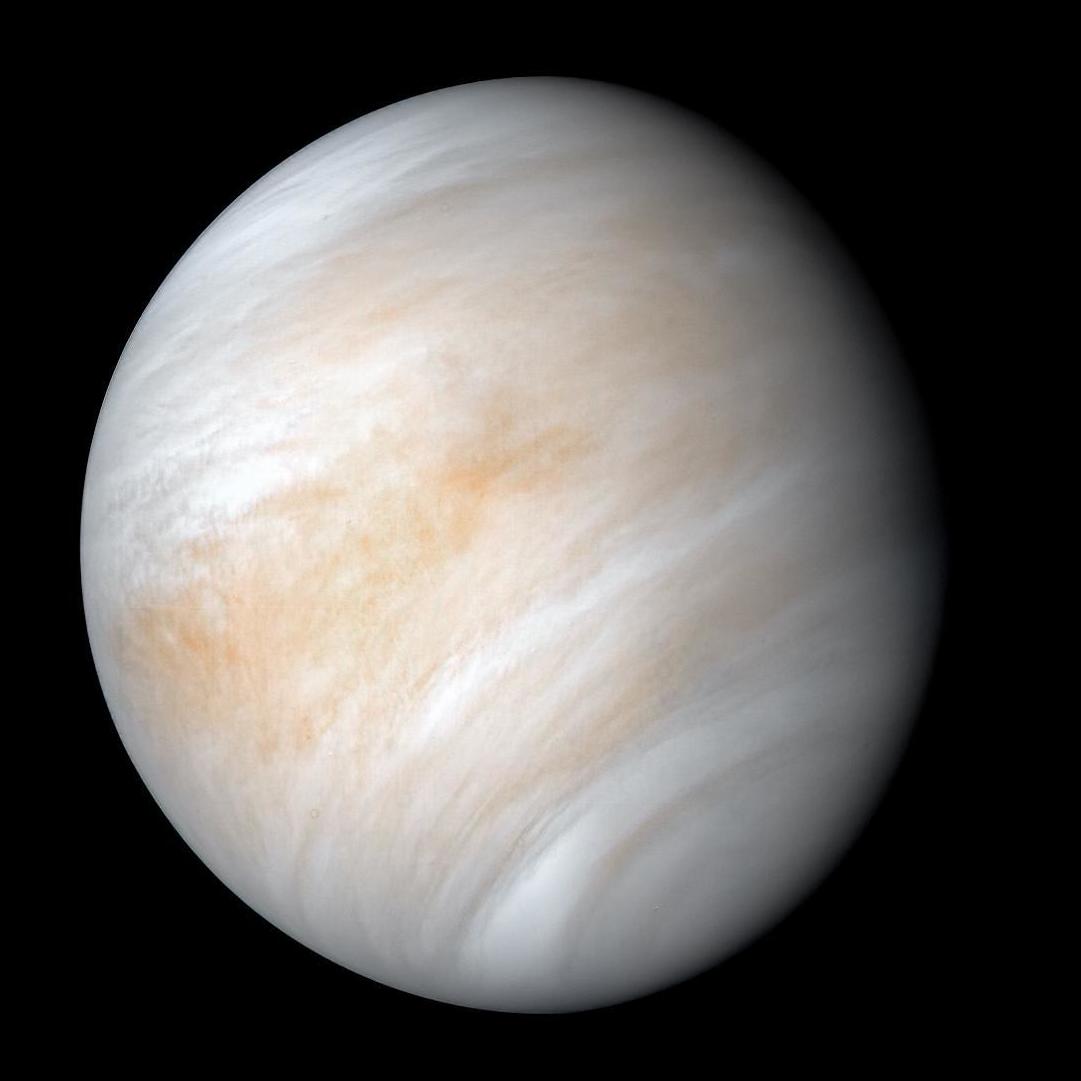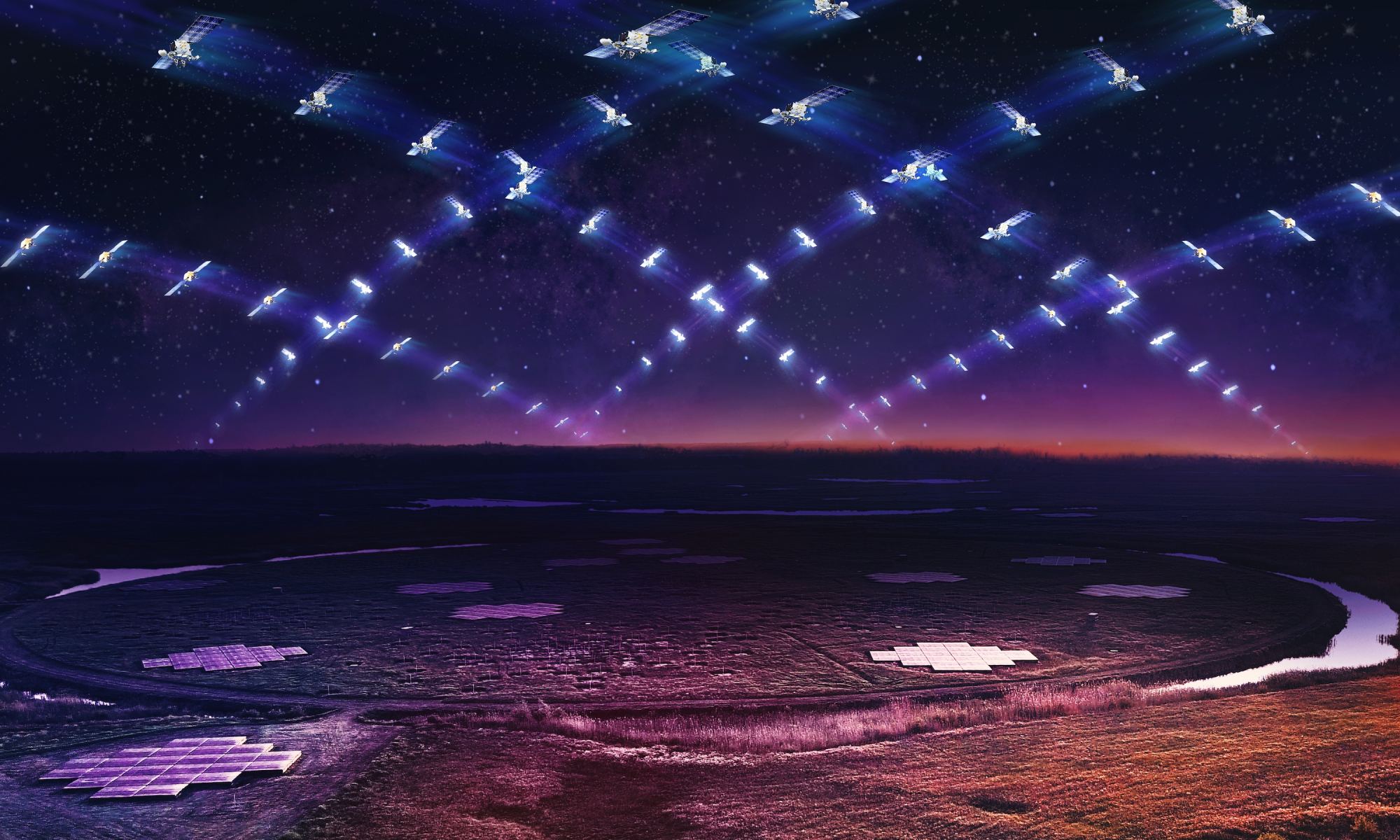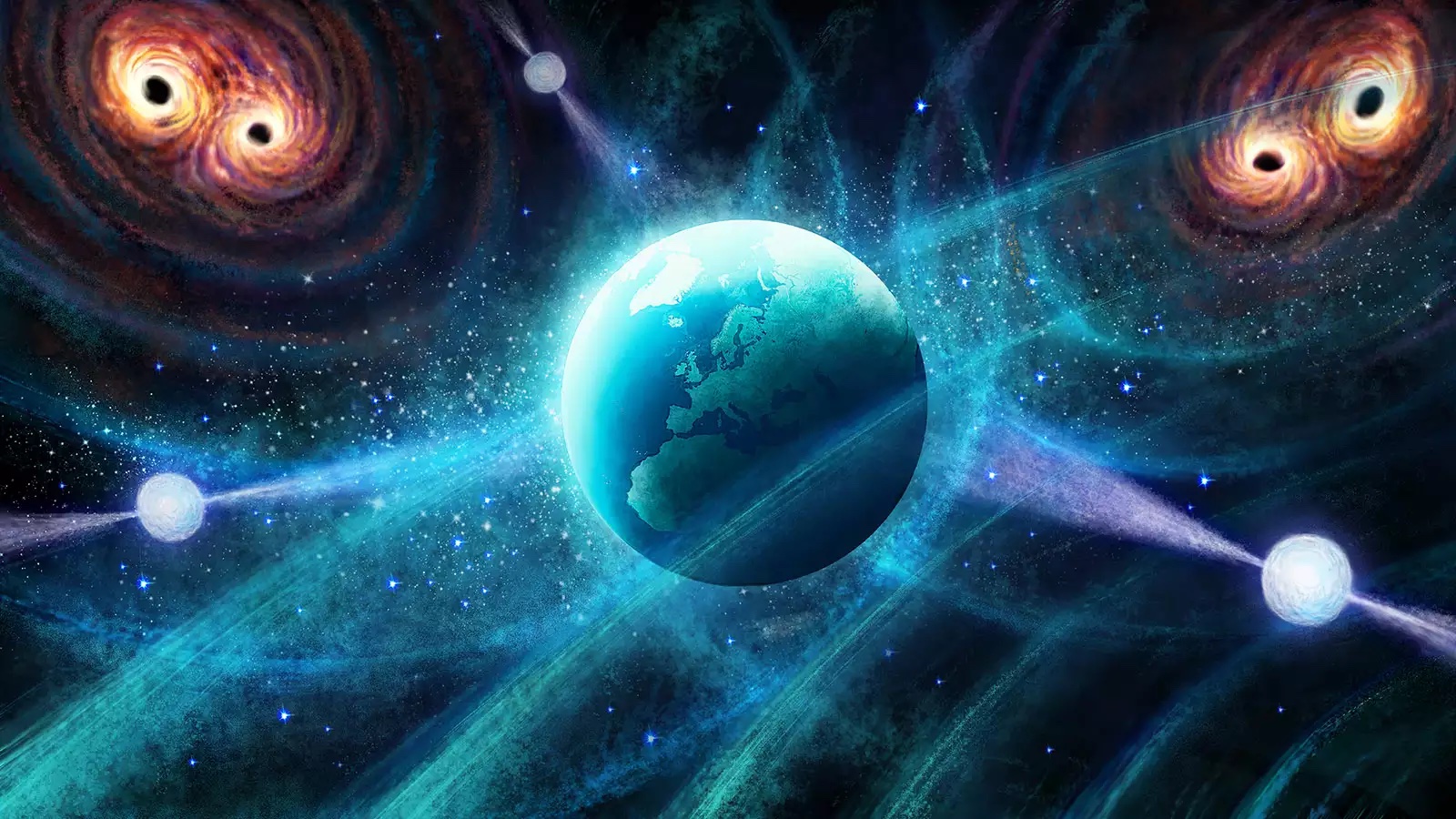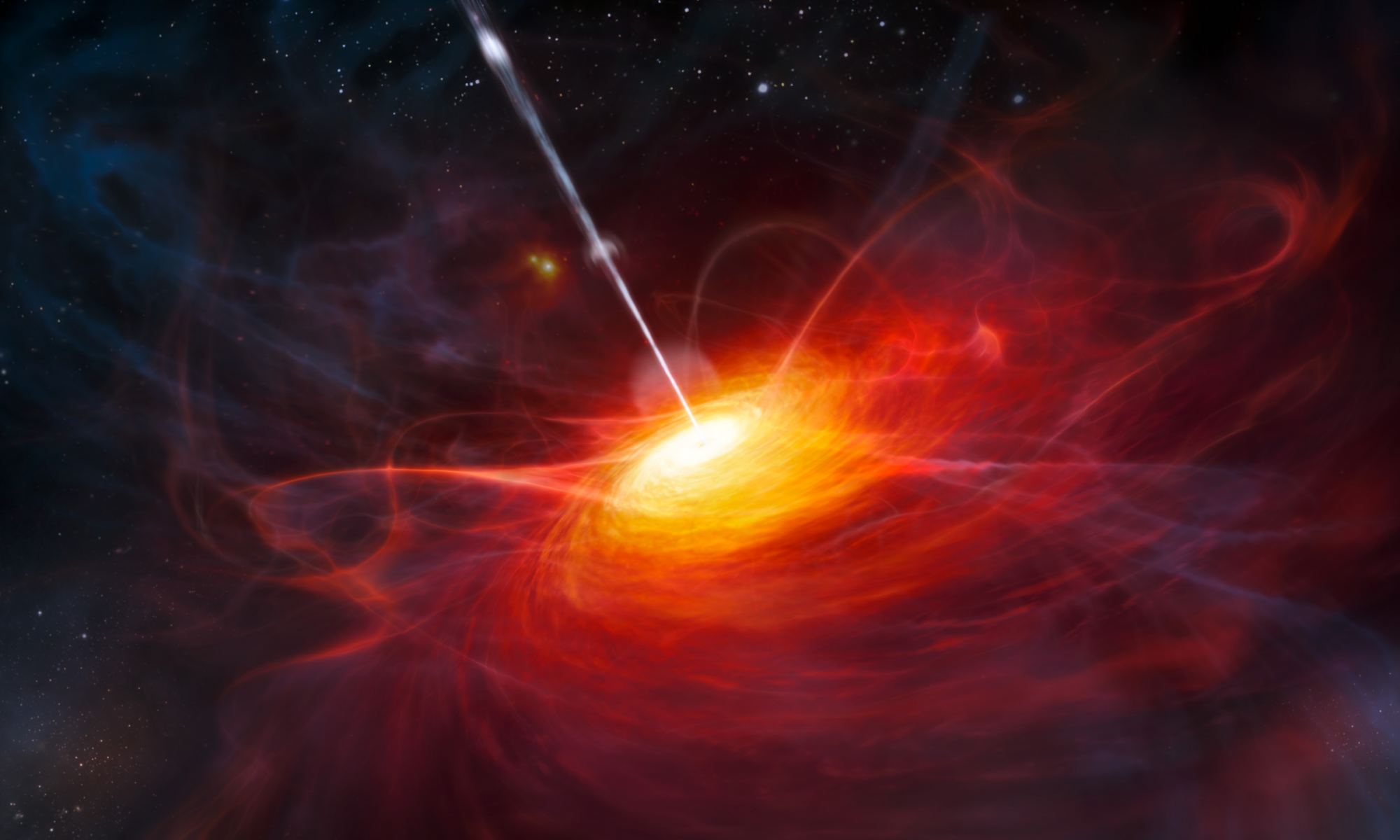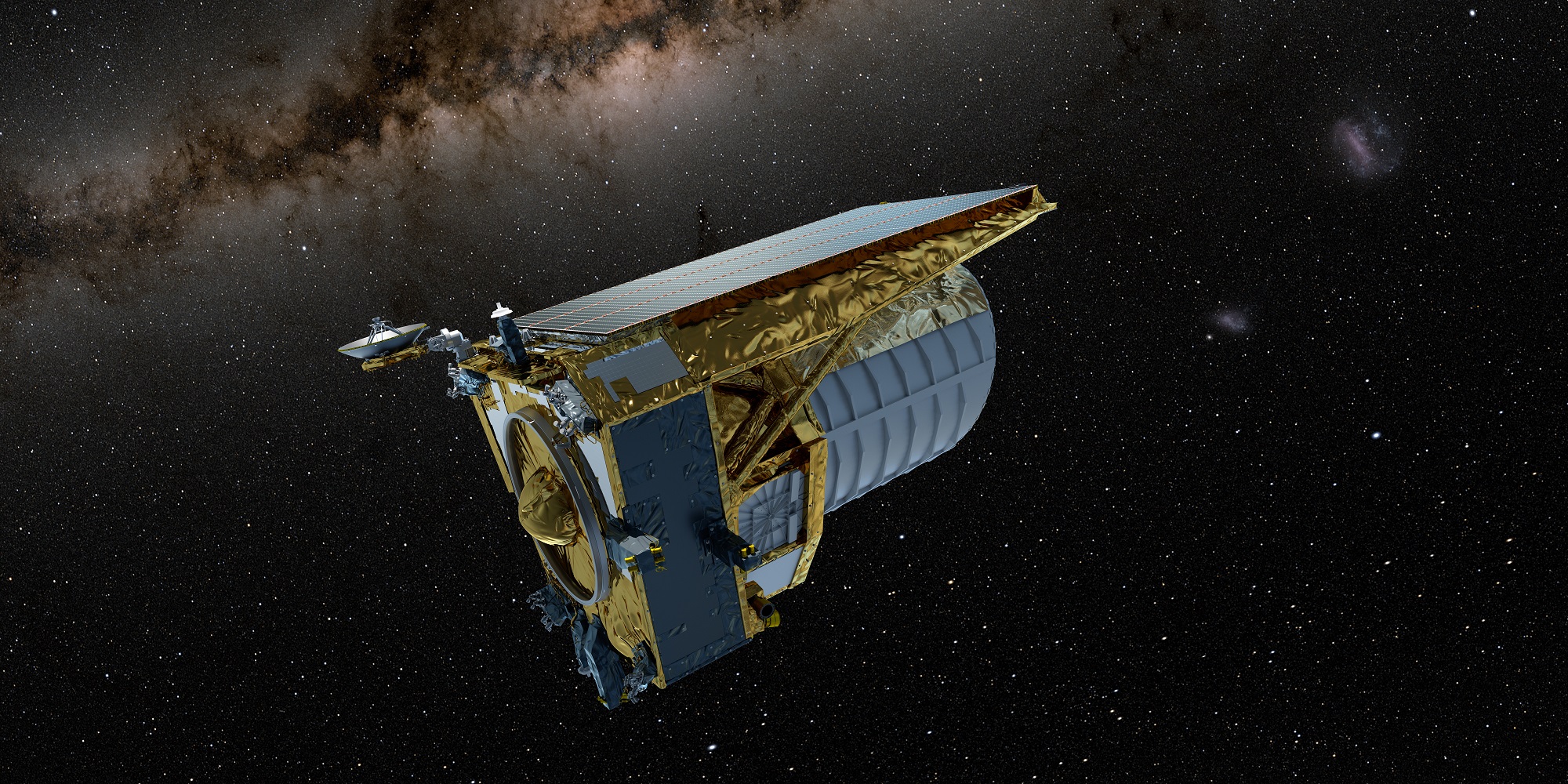In 2015, Russian-Israeli billionaire Yuri Milner and his non-profit organization, Breakthrough Initiatives, launched the largest Search for Extraterrestrial Intelligence (SETI) project. Known as Breakthrough Listen, this SETI effort relies on the most powerful radio telescopes in the world and advanced analytics to search for potential evidence of technological activity (aka. “technosignatures”). The ten-year project will survey the one million stars closest to Earth, the center of our galaxy, the entire galactic plane, and the 100 galaxies closest to the Milky Way.
In 2018, they partnered with the Very Energetic Radiation Imaging Telescope Array System (VERITAS) Collaboration, a ground-based system of gamma-ray telescopes operating at the Fred Lawrence Whipple Observatory (FLWO) atop Mt. Hopkins in southern Arizona. In a recent paper, the VERITAS Collaboration shared the results of the first year of their search for “optical technosignatures” (from 2019 to 2020). Their results are a vital proof of concept demonstrating how future searches for extraterrestrial civilizations can incorporate optical pulses into their technosignature catalog.
Continue reading “Astronomers Scan the Skies for Nanosecond Pulses of Light From Interstellar Civilizations”

